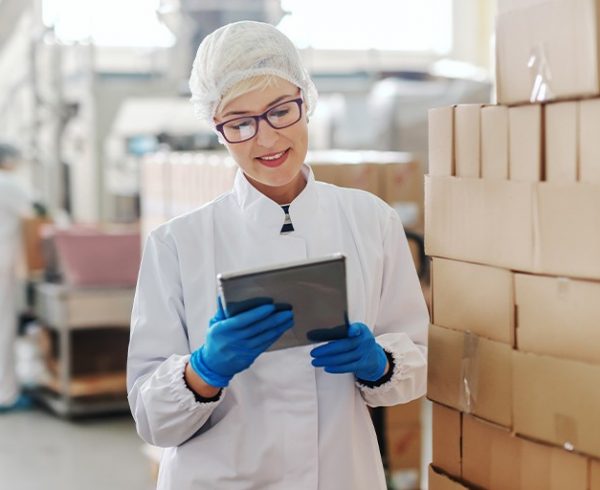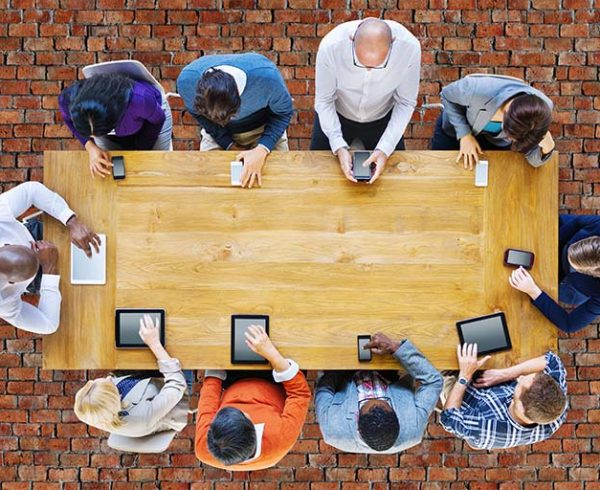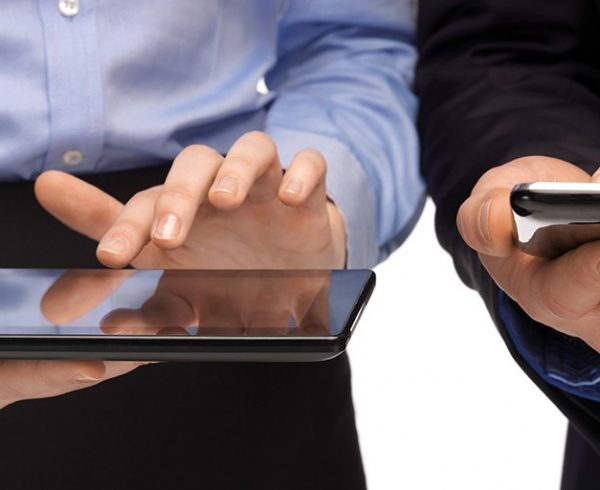Technological advancements have redefined the delivery methods for training and development. A report by Ericsson predicts that by 2025, over 6 billion people (80% of the world’s population) will be consuming data using smartphones, laptops and a multitude of new devices. Given this trend, it is natural for organizations to adopt future-ready mobile learning, or mLearning solutions in their learning and development programs. Besides, there are other factors that are triggering this trend.
- Since most people are now using their smartphones to consume content, using them in L&D can be seen as a logical extension.
- Organizations are increasingly adopting the Bring Your Own Device (BYOD) policy so that learners have greater control over their learning by using their own devices.
- Employees prefer their learning to be part of the natural workflow rather than log into their LMS all the time.
- mLearning provides instant access to information, anywhere and anytime
- mLearning formats are more engaging for the learners. These formats include animations, interactive videos, graphics or podcasts.
There is enough evidence to show that mLearning supports eLearning experiences, opening doors to a range of benefits. It was about a decade ago that mLearning solutions made their presence felt in the eLearning world and ever since they have traversed quite a journey.
Today, they are an integral part of all learning and development programs, playing a significant role in meeting both formal and informal training needs of employees. Besides, these mLearning solutions are also facilitating social and collaborative learning.
Here are some reasons why organizations should transform their learning and development with future-ready mLearning solutions.
Flexible Learning: With mLearning, training is no longer limited to a specific time and place. Users can access content such as podcasts, audio, videos and other multimedia formats on their tablets or smartphones whenever or wherever they want.
For example, they can listen to audio files while driving, play interactive videos while commuting or during their coffee breaks, or go through an infographic while waiting for a meeting.
Higher Completion and Retention Rates: Learning is truly productive when learners are able to comprehend and retain the instructional content. mLearning content is designed to create engagement, which leads to better completion rate.
For example, it can be in the form of an interactive game with some end-learning goals. In any other learning environment, there is always some resistance to learning something new –a game, on the other hand, is more interactive and it is more entertainment. So, the learner without even realizing, ends up grasping concepts and learning by doing.
MLearning content is engaging, it helps to unshackle the mind, rest all fears and insecurities associated with treading unknown paths, resulting in greater learning outcomes. Secondly, mLearning solutions are also customized to fit device usage habits of today’s learners, thus, resulting in higher retention rates.
Social Collaboration: It is commonly observed that today’s generation enjoys collaborating with their peers in the workplace and outside. mLearning solutions incorporate tools that facilitate the setting up of online communities to converse, debate, share and exchange information.
Besides, mobile technology also enables learners to connect on various social platforms, thus, opening up new avenues for knowledge-sharing outside the workplace and gaining worldwide perspectives.
Device-independent Learning: Employees want their learning and development courses to be convenient and don’t disrupt their daily routine. mLearning content is device-independent content, which means users can also access it on their laptops, PCs, smartphones or tablets.
Clear Learning Paths: mLearning solutions have integrated reminders and organizers, which means that learners can receive alerts and updates on their courses, which they can check on their smartphones anytime and anywhere.
Learners can pick up course content from where they left off, without losing track of content they had previously studied. mLearning, therefore, makes for more personalized learning paths that can be achieved on both mobile and non-mobile learning platforms.
Micro-learning: The shift towards mLearning has led to a new trend, which is to create learning content in bite-sized chunks that can be consumed and assimilated by the learners anywhere and anytime. Micro-learning content is crisp and concise, which helps to avoid cognitive overload and improve learning.
Facilitating Information Recall: Since mLearning content is available in the form of small nuggets, employees are more likely to remember and recall information at the moment of their need. This ability to recall information will help them perform better at their jobs.
24×7 Access to Information: When you adopt mLearning in your learning and development strategy, you ensure that your employees have 24×7 access to information.
Whenever an employee is about to perform a job, for example, provide a sales pitch about a recent product or service, they can quickly access their smartphones to brush up the key concepts. mLearning, therefore, provides just-in-time performance support, thereby, leading to greater performance outcomes.
Personalized learning: mLearning solutions allow learners to learn at their own pace. They can revisit concepts time and again till they master them.
It also works well for the fast learners in that the content is hyperlinked to both external and internal resources, making it easy for them to search for more information on the subject and thus further build on their knowledge and skills. mLearning in a way passes control of learning from the instructor to the learners, enabling them to trace their own learning paths.
Conclusion
Advancements in technology are redefining the way organizations deliver their learning and development courses to their employees. Recent research suggests that employees prefer their training programs to be flexible.
Besides, they want access to information anytime and anywhere to fulfil their professional commitments and meet their personal growth aspirations. mLearning solutions not only help to fulfil employees’ needs but are also more in tune with the current pedagogical practices.
Organizations too stand to benefit in terms of better outcomes from their learning and development programs, leading to satisfied employees and better performance.
And finally, with smartphones becoming the preferred choice to access instant information, it makes sense for organizations to adopt them in their learning and development initiatives.











